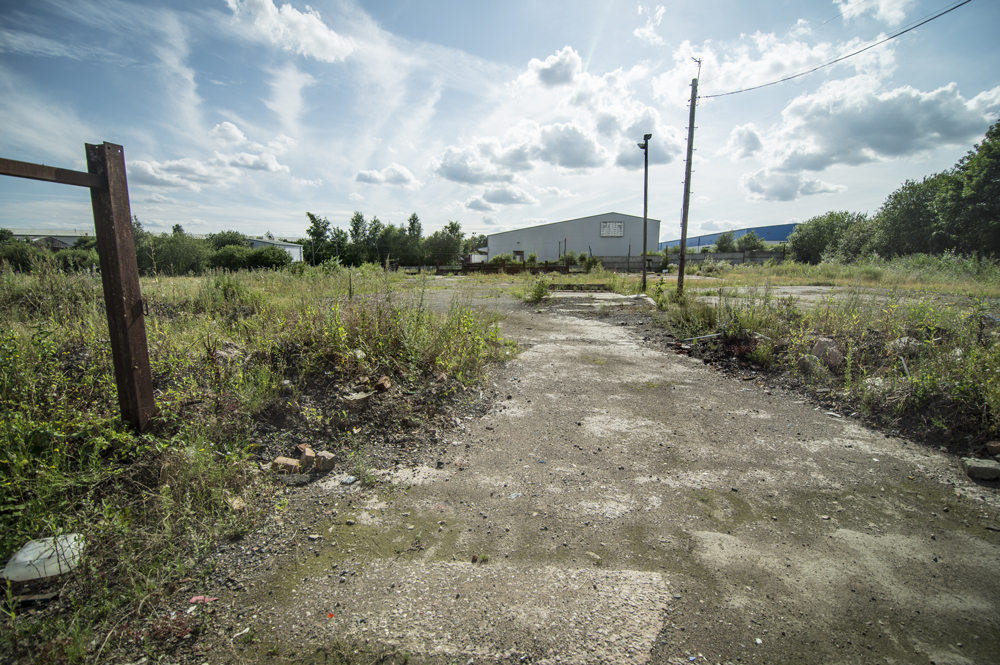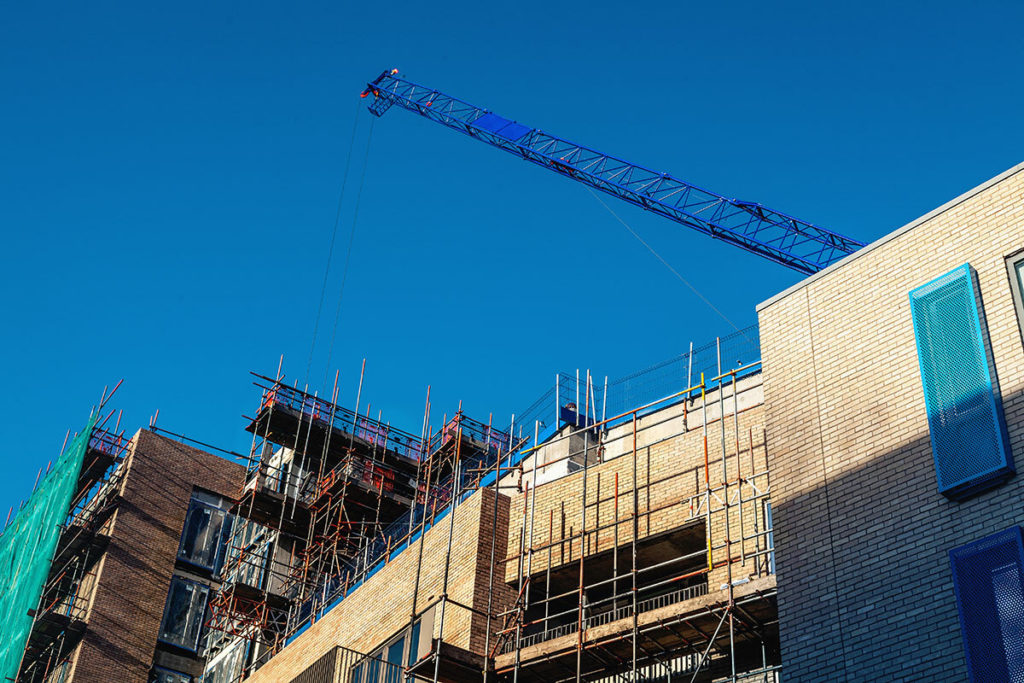
The provision of quality, sustainable, affordable housing (whether rented or owner occupied) continues to be a perennial issue within the UK. At the latest assessment, we as a nation, need to build upwards of 300,000 new homes per annum to correct the current deficit and provide enough housing for our needs. This and previous governments have grappled with the problem – and the conflicting pressures at play – in an effort to solve the problem. Over the last ten years or so, there has been a move towards greenfield development – particularly garden villages and towns – as a quick hit to plug the gap, and several major developments have been given the greenlight during this period (including our own local Otterpool Park – ( see relevant article from Lifeboat Lettings – our sister company – here).
Greenfield development is naturally controversial though. The continuing urban spread outwards from traditional built-up centres, swallowing up ever greater swathes of countryside is irreversible and seems somehow wrong, when there is available land going unused in already built-up areas throughout the country.
With previous administrations having indicated support for measured greenfield development, current prime minister Boris Johnson, muddied the waters somewhat with his statement at last autumn’s conservative party conference, that his party would not support greenfield development. Empathising with his audience, he referred to the ‘constant anxiety’ of those living in the Homes Counties over their ‘immemorial view of chalk downland’ being ‘desecrated by ugly new homes’. These comments brought into question the acceptability of the local plans of many Local Authorities up and down the country.

So, can development of brownfield land provide the homes the country needs? Should we be developing greenfield land? There are no short answers to these questions unfortunately.
There are complexities in developing brownfield land. Firstly, the land is often not in the areas required and is in smaller parcels, which often means it is more expensive to develop. There are also other constraints with developing the land, such as the loss of commercial space and the need to build flats rather than houses to accommodate the required number of units. Herein lies the problem with relying solely on brownfield land – it is not possible to build the required number of units without going much, much higher, building large tower blocks of flats. Would this style of urban development be acceptable to the nation?
There is no immediate answer to these questions, but we will watch how the story unfolds and report any significant updates to you in our monthly newsletter.

